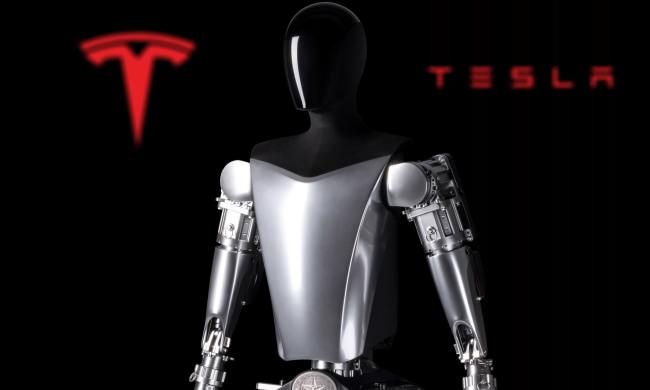If you think it’s easy to tell the difference between a car and a motorcycle, you’re wrong. There’s plenty of room between the traditional four-wheeled closed and two-wheeled open conveyances for unusual cross-breeds.
Take the LIT Motors C1. It has two wheels, but it also has doors and a steering wheel. it uses gyroscopes and electric motors to keep its balance.
LIT Motors claims the C1 can do many bike-like things – including split lanes and park at a right angle to the street between cars – but its enclosed cabin should impart a feel that is more car than motorcycle.
Indeed, at only 38 inches wide the C1 should offer all of the maneuverability of a bike or scooter in urban traffic, without exposing occupants to the weather.

The all-electric, two-seat C1 has an estimated range of 200 miles, and can do 0 to 60 mph in less than 6.0 seconds. Curb weight is around 800 pounds.
The C1 costs about $24,000, but you can’t have one yet. This chimeric vehicle was first shown in 2012, but according to Motor Authority deliveries won’t begin until the fourth quarter of this year.
LIT is currently taking reservations, which run $500 for one of the first 1,000 units. Or, if you don’t mind waiting, $250 will reserve your C1 for the second run, totaling 10,000. Those seem like pretty optimistic production estimates for a new company peddling a new type of vehicle; we’ll have to see if LIT can reach that 10,000-unit mark, let alone make more.
So far, LIT has taken 900 pre-orders for the C1. If you can’t decide between a car and a motorcycle, get in line.
Update: We updated exact vehicle width, reservation costs, and number of pre-orders.


